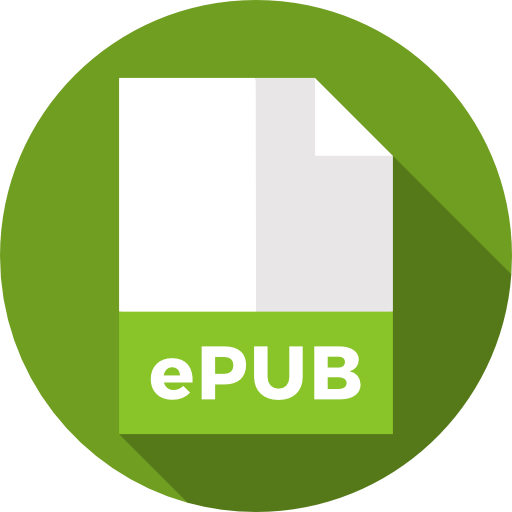
An International Publisher for Academic and Scientific Journals
Author Login
Scholars Journal of Agriculture and Veterinary Sciences | Volume-5 | Issue-09
Ecopath Model of Food Web Complexity and Energy Flow in Ekperiama (Ekperikiri) Niger Delta
Ngodigha SA, Alagoa KJ, Daworiye P, Abowei JFN
Published: Sept. 30, 2018 |
174
146
Pages: 483-489
Downloads
Abstract
Abstract: An Ecopath model was constructed using the Ecopath with Ecosim (EwE) version 6.0 software with the aim of modelling trophic interaction and energy flow in Ekperiama, Niger Delta. Data was collected from artisanal fishers operating around the area between January 2014 and December 2014. Twenty-three functional groups used in the study to determine the key features of this aquatic system were selected based on most landed species. The Four estimated trophic levels of the groups varied from 1 for detritus and phytoplankton to 3.878 for omnivorous fishes (level IV) and the remaining groups were mainly at trophic levels II and III. Results indicate all groups had ecotrophic efficiency (EE) close to 1 with mean trophic level of 2.56 and transfer efficiency 7.4. Food web structure and interaction showed dominance of the grazing pathway (phytoplankton) over the detrital pathway. The proportion of total energy flow originating from detritus was 27% while the other 73% came from primary producers indicating superiority of phytoplankton in the web. Ominivory index was 0.17 and connectance index was 0.23. The simulated results obtained from the mass-balance model can provide some useful information for understanding the aquatic population that could be helpful for biodiversity preservation and monitoring.


